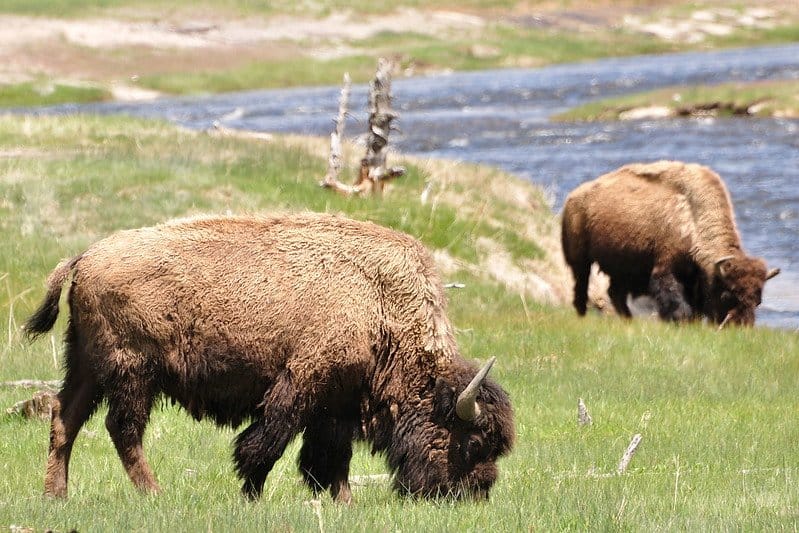Keeping tabs
This spring, the eastern United States was abuzz over the great cicada emergence, a natural phenomenon in which billions of bugs come up from the ground to mate every 17 years like clockwork. And every time it happens, an army of volunteers appears with just as much precision (and enthusiasm) to track the insects’ dramatic arrival in the name of science.
According to CityLab, tracking cicadas is one of the oldest “citizen scientist” efforts there is. Since the 1840s, entomologists have been calling on the public to help them map the insects’ spectacular emergence. It’s more than just a fun activity for cicadiacs. Scientists rely on these cicada counters to help them study environmental and climate changes that can affect the bugs’ 17-year cycle. Today, mobile technology is a critical part of the effort. By early May, some 87,000 volunteers had signed up on just one tracking app, Cicada Safari, created by Cincinnati entomologist Gene Kritsky.
“The number of reports that we had was enormous,” said Kritsky. “With the smartphone technology and the GPS location services, it was just a perfect way to do citizen science.” He said the cicadas had fun, too: “They sang, they mated and they laid eggs.”
Read more at Bloomberg CityLab
The bison are back
“The elders from back in the day predicted that the only way the Native People are going to start gaining ground again… is when the bison come back,” Dan Fox told Undark. A member of Alberta, Canada’s Kainai First Nation (Blood Tribe), Fox is part of an initiative to reintroduce bison to the tribe’s reserve 150 years after they were nearly eradicated as part of government policies aimed at defeating Indigenous People and forcing them onto reservations.

The first bison herd on the Blood Reserve in 150 years is replacing a cattle ranch, restoring a lost cultural touchstone for the Blood Tribe. It’s also helping to heal an ecosystem damaged by years of monoculture farming. “There are small, nuanced differences that have great implications,” said one bison expert of the benefits of replacing cattle with bison. For one, bison roam more widely than cattle, and so don’t over-graze on one part of the land. And unlike cattle, bison can control their metabolism, which means they eat less than cows in the winter and can better survive droughts.
Bison are “an animal that used to be so free,” said a member of Montana’s Blackfeet Tribe. “Cows, they’re used to being fed. They’re going to wait to be fed. And that’s how we [Native Americans] got to be. We were penned for so long.”
Money matters
The online magazine palabra. takes a look at a community generally ignored by personal financial gurus — young Latina women — and a social media star finally paying attention to them.
Delyanne Barros is known to her 200,000 followers as “The Money Coach.” She uses Instagram, TikTok and other platforms to provide free financial education to her audience, which is largely made up of Latina women. Her lessons focus on tried-and-true strategies like paying down debt and investing wisely, with practical tips about contributing to IRAs and Health Savings Accounts. It’s the kind of education that Barros says her audience often misses out on — but that they listen up when someone who has shared their experience is offering advice. (Barros herself graduated from law school in 2008 with $150,000 of debt, a hole it took years for her to dig out of.)
“The curiosity aspect pulled people in, but then they started seeing themselves in my journey, too,” said Barros of her followers. “My audience is a large Latino audience and they can connect with me in that aspect.”







